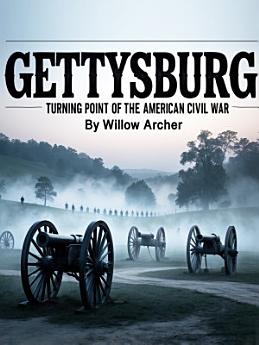Gettysburg: Turning Point of the American Civil War
About this ebook
The strategic importance of Gettysburg lay not in any grand military design but in the simple geography that made it a natural hub for transportation and communication across south-central Pennsylvania. The town sat at the intersection of the Chambersburg Pike, the York Pike, the Baltimore Pike, and seven other roads that connected it to major population centers throughout the region. This network of highways, originally carved by necessity and commerce, would prove to be the magnetic force that drew both Union and Confederate armies inexorably toward a confrontation that neither side had originally planned.
By July 1863, the American Civil War had raged for over two years, transforming from what many had expected to be a brief conflict into a grinding war of attrition that consumed resources and lives at an unprecedented rate. The Confederate States of America, under the leadership of President Jefferson Davis, had demonstrated remarkable resilience in defending their territory against Union forces that possessed overwhelming advantages in population, industrial capacity, and material resources. Yet the Confederacy's ability to continue the war depended increasingly on achieving a decisive military victory that might convince European powers to recognize Southern independence or persuade Northern voters to abandon their support for continued conflict.






